A New Opportunity For Hydrogen is Aviation
氢能新机遇:航空业

Dr. Val Miftakhov is the CEO and founder at ZeroAvia; a company focused on hydrogen power for aviation. Despite all of the buzz around the long-distance zero-emission travel hydrogen could bring to our roads, argues the lack of adoption here has been because the focus of the hydrogen industry’s efforts has focused on the wrong initial market.
Val Miftakhov博士是ZeroAvia的创始人,ZeroAvia是一家致力于研发氢能动力飞机的公司。尽管所有有关长途零排放的应用最终会上路行驶,但Val认为,缺少对氢能的采用,是因为氢能刚开始的努力都放在了错误的应用市场。
The coronavirus pandemic has revealed how dramatically global CO2 emissions can fall when world governments take collective and decisive action. According to the Australia Institute, airlines’ carbon emissions could drop by more than one-third this year, given the lack of travel at airports around the world. Conversations are percolating on what steps both commercial and private airlines should take post-pandemic to ensure the industry becomes much more sustainable over time. A number of governments have already indicated that they will be looking into requiring robust sustainability plans from the airline industry that is now looking for government support.
在新冠疫情的大流行的背景下,当世界各国政府采取集体果断的行动时,全球CO2的排放量是可以显著下降的。据澳大利亚研究所称,由于全球各地机场客流不足,航空公司的碳排放今年可能减少1/3以上。人们正在讨论新冠疫情过后,商业和私人航空公司应当采取哪些措施,可让航空业随着时间的推移而变得更加可持续发展。一些国家的政府表示,航空公司正在寻求政府的支持,这些政府已考虑要求航空公司制定强有力的可持续发展计划。
The crisis also makes a lot of people reflect in general on the impact of humans on the ecosystem and our interactions with it. We are feeling optimistic that this more thoughtful attitude towards our planet’s ecosystem will prevail after the storm passes and we will see an increased push for transformational changes in aviation.
这次疫情危机也让很多人开始反思人类对生态系统的影响和互动。可以感到乐观的是,在这场风暴过去之后,我们对地球的生态系统会采取更为深思熟虑的态度,同时也会促进航空领域的变革。
As we shared in one of our recent publications, hydrogen power has the unique capability to drive such a transformation to decarbonize aviation. Hydrogen-based aircraft propulsion satisfies the requirements for extreme energy density and high cycle frequency, while avoiding the scalability problems of biofuels, making this a virtual necessity in our carbon-neutral future.
正如我们在一份最近的刊物中所分享的,氢能正是有这样的能力推动这一变革的进行,推动航空业进行脱碳。以氢能为动力的飞机,满足了极端能量密度和高循环频率的要求,并避免了生物燃料的问题,让氢能成为我们实现碳中和以及未来实际能源的需求。
Conceivably even more interesting, we believe that the reverse is also going to be true – that aviation will become the main driving force that finally propels hydrogen into the mainstream as the zero-emission solution of choice for a variety of transportation needs.
更有趣的是,可以想象,我们相信反过来也是对的-航空业最终将会成为推动氢能成为主流零排放的解决方案,并作为各种交通应用的零排放的首选。
While we’ve seen consistent buzz over the years surrounding the potential of hydrogen fuel, mass adoption still lags. From the very first fuel cell vehicle introduced in 1959 to the work of major Asian automakers bringing production fuel cell cars to the market, we’ve seen billions of dollars spent on fuel cells. Yet, today’s modern battery electric vehicles have outsold hydrogen cars 307 to 1 in the last ten years.
很多年来,在围绕着氢能潜力应用方面,一直有不同的声音,氢能的大规模采用仍很滞后。从1959年推出第一款氢能燃料电池汽车,到亚洲主要的汽车生产商开始将氢能燃料电池汽车推向市场,在燃料电池方面已耗费了数十亿美元。但在过去的10年里,现代汽车的纯电动汽车的销量是氢能燃料电池汽车的307倍。
Many economists and experts interpret these results as the death spell for hydrogen mobility. With the rise of more disruptive EV vehicle models, we’ve seen millions of EV advocates encourage the automakers and the governments to stop wasting billions on ‘fool cells.’ To no surprise, these advocates have a point given the market outcomes of the launch of electric vehicles and the success of EV adoption globally. From the high cost of the fuel cell cars themselves to the mind-boggling expense of the fueling infrastructure to replace all the gas stations, the barriers seem insurmountable.
许多经济学家和专家把这个结果称之为氢能交通的死亡咒语。随着更有颠覆性的纯电动汽车模式的出现,我们看到的是数百万的电动汽车倡导者鼓励政府停掉对“傻瓜电池(燃料电池)的数十亿美元的研发。考虑到电动汽车在市场上的推广结果,和电动汽车在全球的成功普及,毫无疑问,这些人的观点是有道理的。燃料电池汽车本身成本高昂,加氢站基础设施建设的费用之高让人难以置信,似乎这些障碍是不可逾越的。
Are hydrogen discussions dead given the success of electric vehicles? Not so fast. At ZeroAvia, we think that fuel cells have a great future in transportation. It’s just that previous efforts have focused on a completely wrong side of the market – light duty road transport. In actuality, it’s aviation that will drive the adoption of hydrogen across sectors. Let’s look at it in more detail.
考虑到电动汽车的成功,是否是说氢能应用毫无前途了?没那么快的。在ZeroAvia,我们认为交通领域是氢能最有前景的应用领域。之前,我们把努力的重点放在了完全错误的市场的一边-轻型道路交通应用。实际上,航空业将会推动氢能在各个行业领域的普及。
Aviation is best matched to hydrogen’s superior energy density and low cycling costs
氢能最匹配航空业的较高的能量密度和低循环成本需求
As a foundational principle, one should consider the various transportation modes in terms of energy intensity and utilization. The energy intensity can be approximated by what fraction of vehicle weight is allocated to fuel, and utilization – by the percent of the time the vehicle is in motion. These dimensions map well to the critical differences between battery and fuel cell vehicles: energy density, recharge time, and cycle costs – allowing us to have a clear, logical discussion of the applicability of various propulsion approaches to various transport types.
作为一项基础的原则,人们应当从能量密度和应用的角度,来考虑在各种交通方式中的应用。能量密度可用车辆重量分配给燃料的比例和车辆行驶时间的百分比来表示。这些维度可以更好的反应纯电动汽车和燃料电池汽车之间的关键差异:能量密度,充电(加氢)时间,和循环成本-这可以让我们能够以清晰,合乎逻辑的讨论对各种运输类型的适用性的各种推进。
Today, the best production battery packs have 200 watt-hours per kilogram (Wh/kg) energy density, 1,000-2,000 cycle life, and recharge time of 45+ minutes. In contrast, a liquid hydrogen fuel cell system can get to 3,000+ Wh/kg, 15,000+ cycle life, and refuel in 20 minutes. Therefore, the higher the energy intensity and utilization, the more the balance tips towards hydrogen.
如今,最好的电池有200瓦时每公斤的能量密度,1000-2000个小时的循环寿命,充电时间需要45分钟。相比之下,液氢燃料电池系统可达3000以上的Wh/kg,15,000的循环寿命,在20分钟内注满液氢。因此,能量密度利用率越高,平衡来看的话就更倾向于氢气。

When you examine the various transport types in terms of its energy density and utilization, the differences are staggering. Personal cars go into the bottom left corner – low two percent energy intensity, and low level of five percent utilization. Light duty commercial vehicles are slightly better – three percent energy intensity and much higher 30 percent utilization.
当从能量密度和应用的角度去研究各种运输类型的应用时,会发现他们之间的惊人的差异。私家车在最左下角-低于2%的能量密度,低于5%的利用率。轻型商用车稍好一些-3%的能量密度和高得多的30%的利用率。
Next, we have medium-duty delivery trucks that possess 3.5 percent energy intensity and even higher utilization of 40 percent. Heavy-duty trucks are even higher, at roughly 11 percent energy intensity and 50 percent utilization. And then we come to the pinnacle of the chart: commercial aircraft. Boeing 737-400 has an energy intensity of almost 40 percent, staying in the air on average approximately 10 hours/day and for 40 percent utilization.
其次,中型卡车,它的能量密度为3.5%,利用率会更高,达40%。重卡会更高,约有11%的能量密度和50%的利用率。看一下图表的顶点:商用飞机。波音737-400飞机的能量密度接近40%,飞机每天在空中停留约10个小时,利用率为40%。
This analysis makes it clear why hydrogen fuel cell transport to date has mostly failed. Light duty personal vehicles are the worst possible segment, where even the current batteries are good enough. A typical electric vehicle with 200-mile range and 1,000 battery cycles has an excellent 200,000-mile lifetime – more than it needs. In contrast, a Boeing 737 on a San Francisco – Los Angeles service will run eight trips (cycles) / day. Of course, a battery would not work here at all due to weight, but even if it somehow magically did, it would last just four to eight months, requiring an astonishing 30 battery replacements over the aircraft’s lifetime. Hydrogen fuel cell systems could last ten times longer, potentially beating even the current turbine technology. The best case for hydrogen is pretty clear once you look at the fundamentals.
这一分析说明了,为什么到现在为止氢能燃料电池汽车的运输大部分是失败的。氢能燃料电池轻型卡车是最糟糕的应用,尽管现在的电池也足够好用了。拿一辆典型的电动汽车来说,200英里的行驶里程,1000次电池循环利用,行驶里程超过了20万英里。相比之下,一架从旧金山飞向洛杉矶的波音737每天运行8次。因为电池重量的原因,锂电池在飞机上根本无法工作,即便是可以了,寿命也只能维持4-8个月,在这几个月里,需要更换30块电池,这简直令人震惊。氢能燃料电池的使用寿命可延长10倍,目前甚至是超过目前的涡轮机技术。一旦你了解了这个基本原理,就会发现氢能会是最佳的选择。
Aviation supports most concentrated and efficient fueling infrastructure
航空业可集中有效的支持加氢站基础设施
Aviation’s advantages get even more apparent when you consider fueling infrastructure. In the US, there are 110,000 car gas stations and 6,000 truck stations. In contrast, 85 percent of all commercial air traffic in the US concentrate in just 50 airports, where all these aircraft refuel, as well (the remaining 15 percent are across only 450 more). Quite obviously, the more extensive the fueling network, the harder and more expensive it is to replace it. Individual stations get smaller, requiring more complex fuel logistics, and resulting in higher amortization costs per kilogram of fuel dispensed. once again, commercial air transport shines.
当考虑到加氢站的基础设施时,航空业的优势就更明显了。在美国有11万个汽车加油站,6000个卡车加油站。相比之下,美国85%的商业航空运输都集中在50个机场,所有飞行的飞机都会在那里加油。很明显的是,加氢站网络越不健全,加氢就越困难,成本也就越高。单个加氢站规模越小,就需要更复杂的燃料运输过程,导致每公斤燃料成本更高。商业航空运输在这方面,又一次大放异彩。
Aviation powertrains are much less price sensitive than automotive
航空动力系统对价格没那么敏感
Finally, the powertrain costs point in the same direction. When a typical car engine contributes only eight to ten percent to the vehicle cost or approximately $3,000 per driver, any competing technology has to compete with that number. A useful metric here is the cost per kilowatt (kW) or propulsion, which is about $30/kW for a personal car. With the current values of fuel cell systems at $200-$300/kW, this is a robust number to beat. Refreshingly, even a small 800 kW aviation turbine costs $1 million, or over $1,000/kW. Again, it is blindingly apparent where the sweet spot is for fuel cells.
最后,动力系统成本也是同样的方向。一辆汽车的引擎只占汽车成本的8%-10%,或是每个司机约有3000美元,任何与之竞争的技术都必须和这个数字进行竞争。这儿有个指标,每千瓦的动力成本,每辆私家辆约是30美元/千瓦。在燃料电池系统当前的价格为200-300美元/千瓦的情况下,是很难和传统的汽车进行竞争的。但令人耳目一新的是,就算是一个800千瓦的小型航空涡轮,也需要花费100万美元,那就是1000美元/千瓦以上。燃料电池的优势就非常明显了。
Therefore, we believe it is aviation, not cars – and especially not personal cars – that will finally drive hydrogen to become a mass transportation fuel. The sooner the industry and the governments realize that, and align their investments accordingly, the sooner we will have hydrogen fuel scale-up. With the initial high-volume infrastructure built out at the airports, ground transport will get 100+ large-scale, low-cost production and fueling points.
因此,我们相信航空业,而不是汽车-特别不是私家车,最终推动氢能成为一种大众的运输燃料。行业和政府越早认识到这一点,并相应的调整投资,我们就能越早扩大氢能的应用规模。随着机场加油站基础设施的建设,地面运输将有100多个大规模的,低成本的生产和加氢站。
Airports, as natural transportation hubs, are among the best places for refueling, where over a billion people show up every year, and millions of vehicles pick up and deliver. From these apparent locations, we will have a further expansion of the fueling infrastructure to cover lighter and lighter duty transport, and possibly, one day in the future, making even personal hydrogen cars viable.
机场,作为天然的交通的枢纽,是最佳的加油/加氢的地点之一,每年约有10亿人到机场,而且会有数百万辆汽车来接送机。从这些有明显优势的地点,对加氢站基础设施进行进一步拓展,并涵盖了轻型交通运输,在未来的某一天,让氢能私家车更为可行。
In short, nowhere else is hydrogen more relevant than in aviation. We at ZeroAvia are excited to be a part of this mutually reinforcing transformation, pioneering the first practical aviation powertrain based on the most apparent zero-emission technology for this market – hydrogen fuel cells. We believe as we pursue this endeavor, the lessons learned by a variety of industry players, advancements in cleaner hydrogen sources, and the technology improvements that follow these innovations will trickle down to other uses for hydrogen power to reinvigorate the entire sector.
简而言之,现在航空业更加需要氢能。我们很高兴能参与于这个相互促进的转变过程中来,并开创了基于市场的,零排放的,实用的航空动力系统-氢能燃料电池。我们相信在这一努力的过程中,有许多的行业从业者会吸取经验教训,清洁氢能的发展进步,并将这些创新所带来的技术改进应用到氢能的其它应用上,从而让整个行业重新焕发活力。


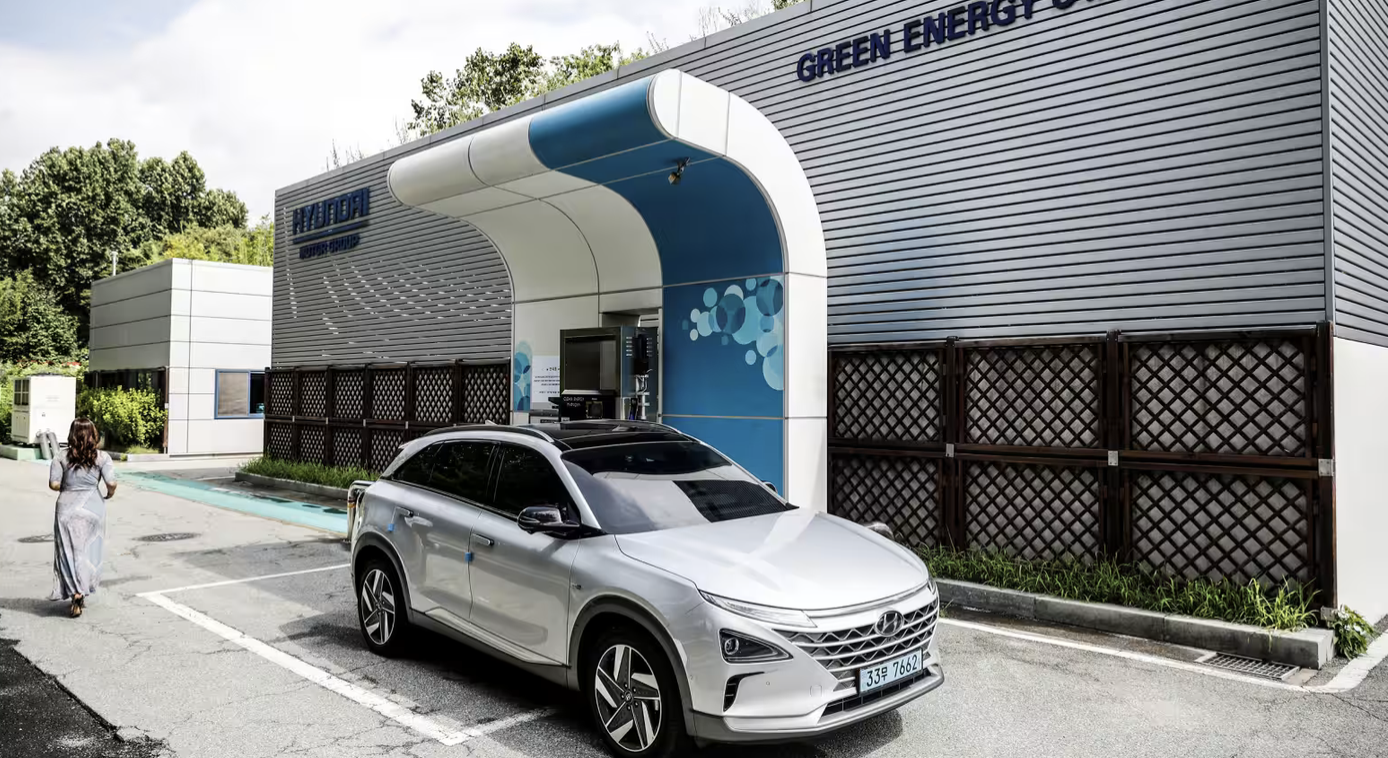
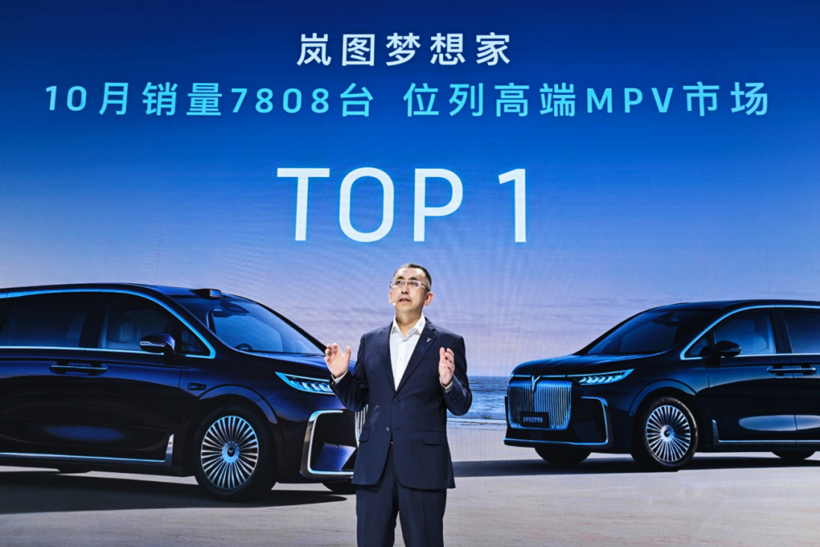
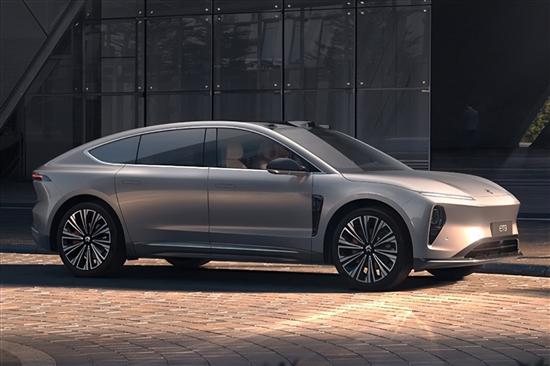
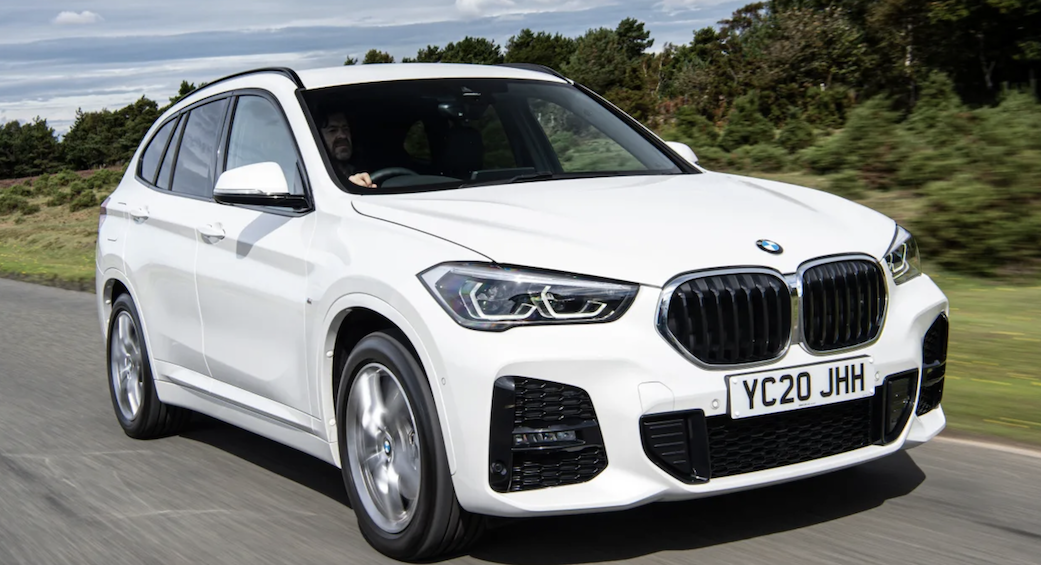
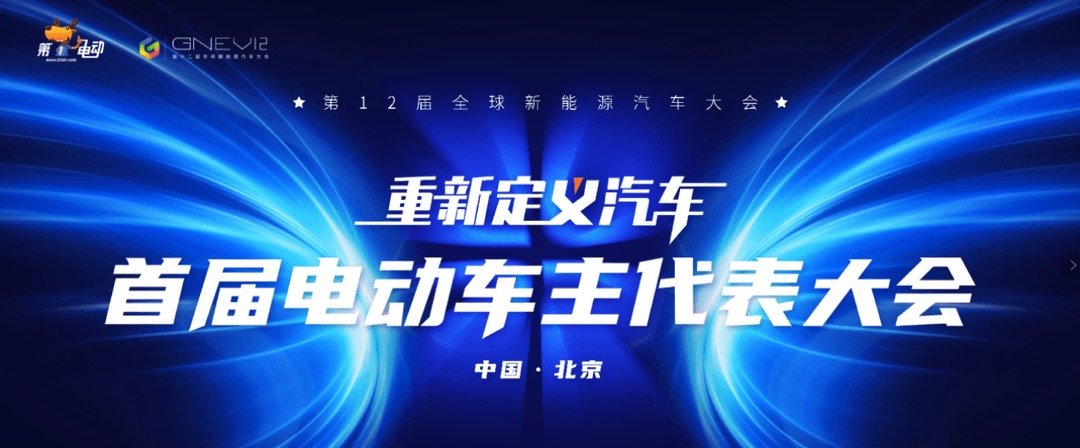
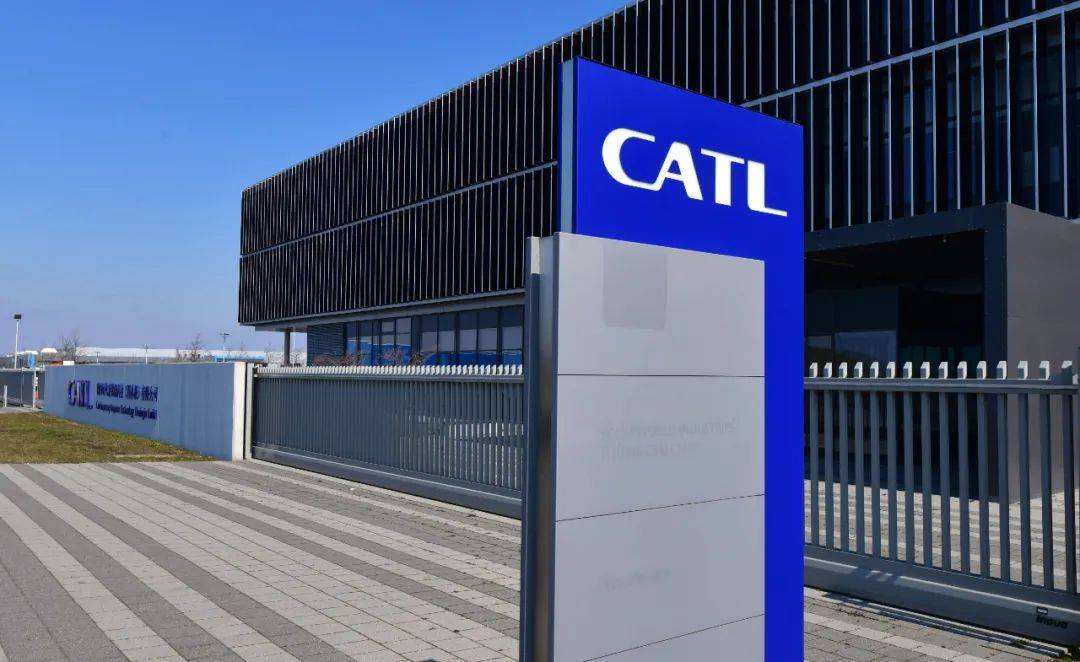
 扫一扫关注微信
扫一扫关注微信